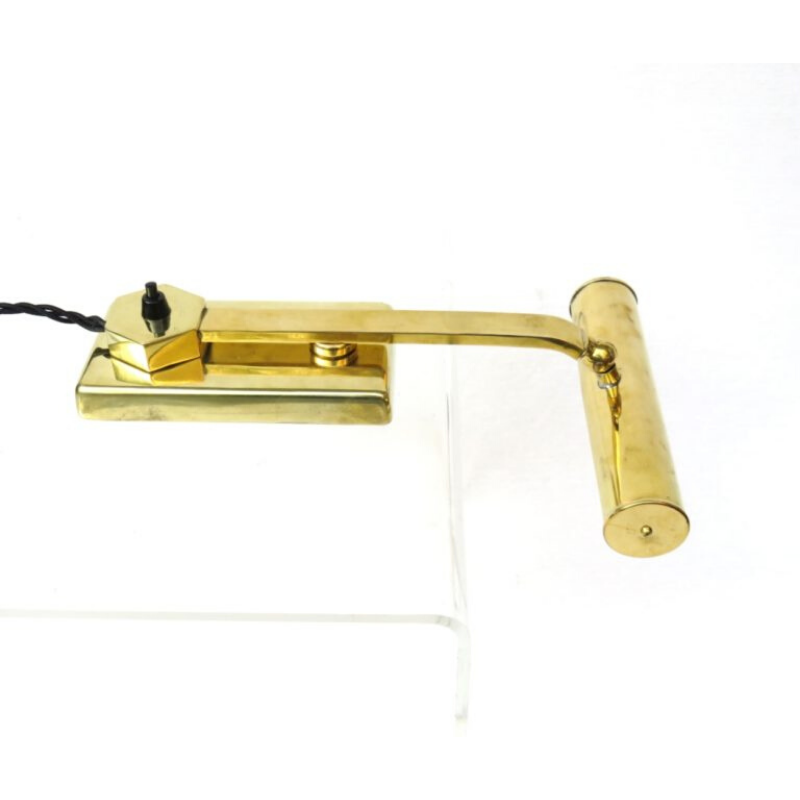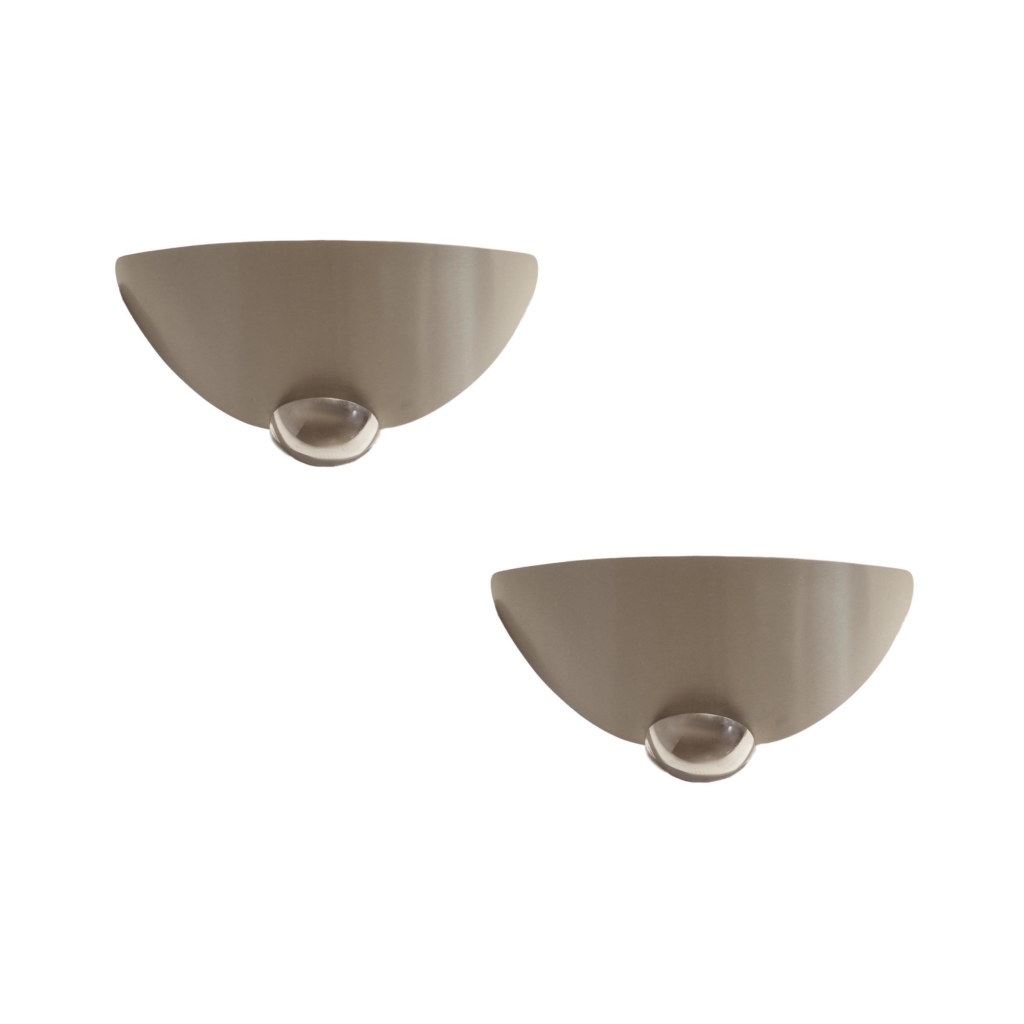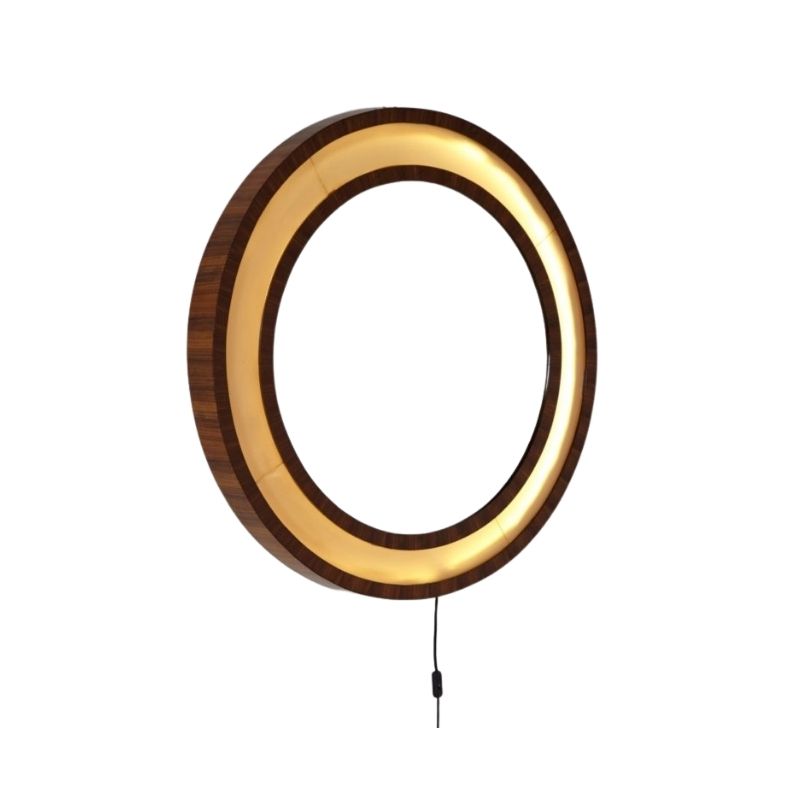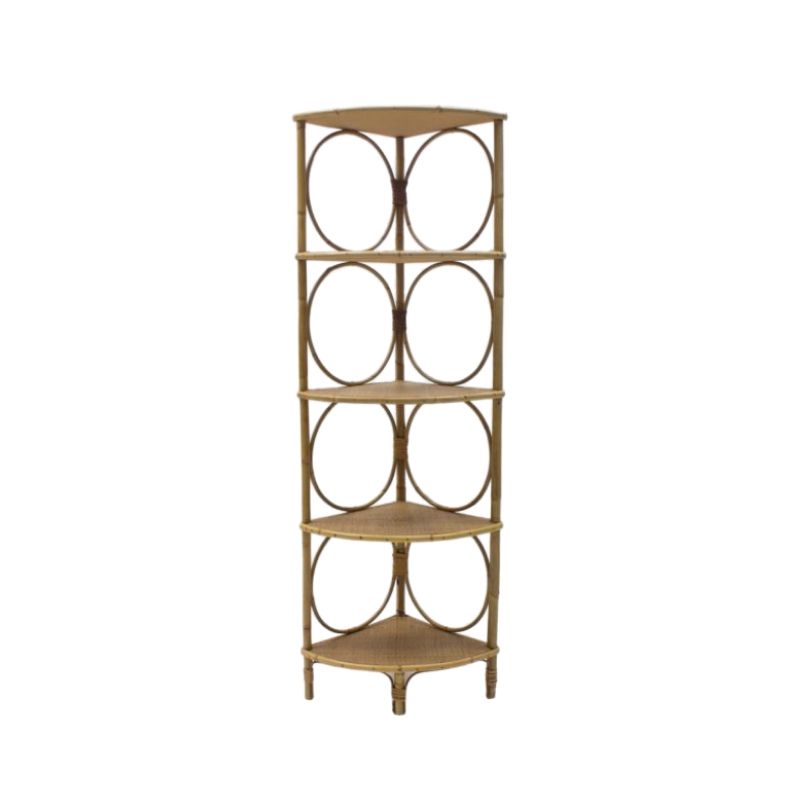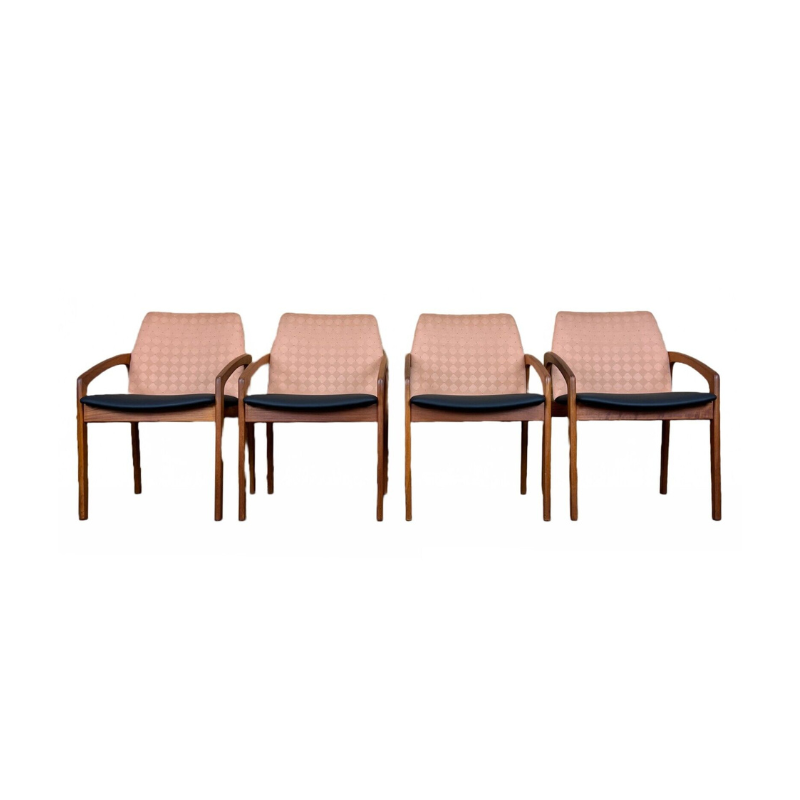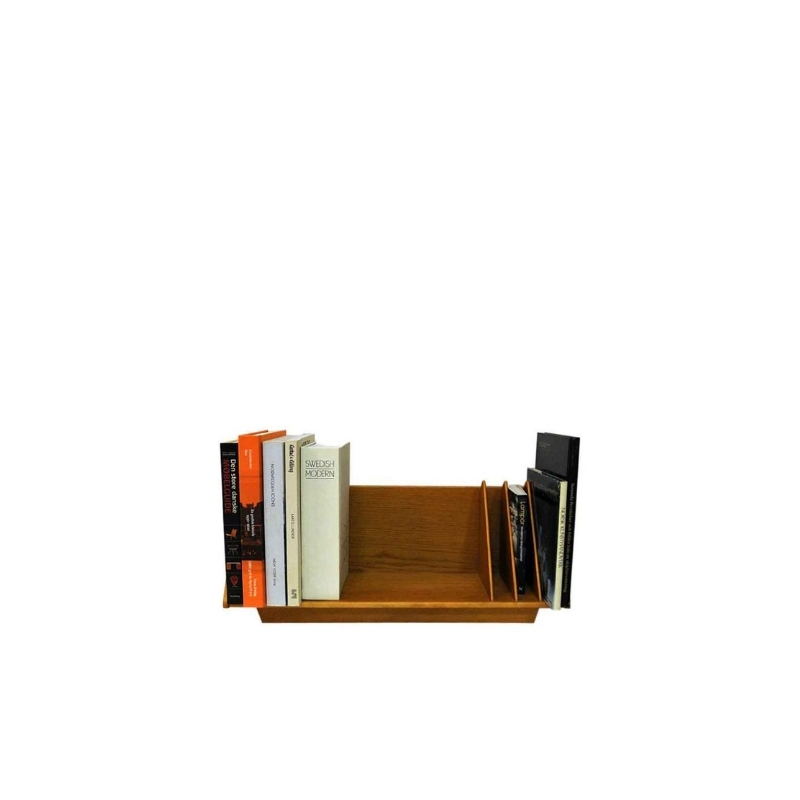Today bought a nice little 1970's steel kitchen cart with laminated butcher block top. Condition's great except one wood strip of its top has come off at the seam.
Should I remove the top, apply waterproof wood glue, clamp with straps, and hope for the best? (What would Martha do?)
Is martha known for her woodworking abilities?
Here is one way you could do it:
-Clean the mating surfaces. Methyl hydrate or some other thinner.
-Apply glue. Make sure you have good coverage.
-Use bar clamps for the lateral pressure, watch you don't over tighten.
-Use spring clamps to keep the surfaces flush.
-Before the excess glue has dried, scrape with a really sharp chisel. Be careful to not gouge the butcher block. The better the cleanup at this point the less you'll need to do at the finishing stage.
Depending on how much of the original finish you want to maintain you might be able to just get away with some steel wool. Otherwise you will probably need to sand the whole butcher block and finish it however you'd like at that point.
Good luck
Ideally, both pieces would be jointed
before glue-up. Glue surfaces should be freshly-exposed wood and mate as close to perfectly as you can make them. Fully wet both surfaces with glue and, immediatly before clamping, scrape 95% of it off with a credit card. Avoid excessive clamping pressure. A couple of wafers and a biscuit joiner can help with alignment, though you can use some battens clamped crosswise with wax-paper as a release barrier instead. Any of the newer "waterproof" wood glues (Titebond II or III) should be fine.
Mineral oil is often recommended as a food-safe finish for cutting boards. I don't like it because it doesn't dry, must be constantly renewed, and always feels gummy and sticky to me. 100% tung oil is my fave, though it is slow to dry. If the surface won't be used for food prep, good ol' Watco is fine.
I don't own large bar clamps,
but guess I'll have to bite the bullet and purchase some-- it's tough to keep a large arsenal of tools when you live in a small apartment (which is why I was hoping I could get away with lateral strap clamps & spring clamps to keep it flush).
I do plan on sanding the whole top afterward, thanks for the tung oil suggestion, tktoo. Your other suggestions I'll have to research to fully comprehend. (My ignorant first reaction was "Wafers? Biscuit joiner? Those have something to do with woodworking, don't they?".)
Lovely and comprehensive advice
from tktoo.
If the mating surfaces meet perfectly, not so much clamp pressure is necessary. A pair of modest bar clamps (Jorgenson 3700, for instance) would be fine. People sometimes substitute excessive clamping force for proper joint preparation; forcing an ill-mated joint closed is a fool's game . . .
Fully coating the surfaces and then removing excess glue is a refinement I hadn't gotten to, yet. Thanks, tk !
Nice stuff from Byron, as well. I sharpened a springy putty knife to use as a freshly-congealed glue remover. It's less likely to damage surfaces, and can get into cabinet interior joints handily.
It's possible the original joint was
glue "starved" or that long-term exposure to liquid caused swelling and ultimate failure or, more likely, it was caused by a combination of contributing factors. Without actually seeing it, there is really no way to assess cause. Although not obvious, there is likely adhesive residue remaining on the separated surfaces and this can interfere with proper adhesion of an attempted repair. It really should be removed. Some glues are better at overcoming this problem than others (epoxies), but are expensive and difficult for novices to work with. If mucked-up, it's a mess to fix.
A lasting joint relys on a few basic principles, as outlined above.
If you are ill-equipped or otherwise hesitant, I'd seriously consider removing the top and taking it to a pro.
SDR, I've been around long enough to understand and appreciate the beauty and necessity of a well-choreographed and rehearsed glue-up. Thanks!
I've yet to find my lifelong vise.
And I own six. Though, if an Emmert were to present itself at the right price, I'd be tempted.
http://www.mprime.com/Emmert/index.htm
butcher block oil
Does anyone have a brand preference for food grade mineral oil (butcher block oil)?
Edit: I researched tung oil but it seems like it ideally should be mixed with a solvent (paint thinner). My butcher block probably won't be used for food prep (Umanoff bar cart) but I suppose a lemon or lime could find it's way on there at some point.
Go ahead and use Watco
Applied properly and allowed to fully cure, the other contents of the glass will likely kill you quicker than anything it might impart to the occasional slice of lime.
Disclaimer: I am not a doctor or medical expert, though I have been known to overindulge, just a little, now and then.
If you need any help, please contact us at – info@designaddict.com



